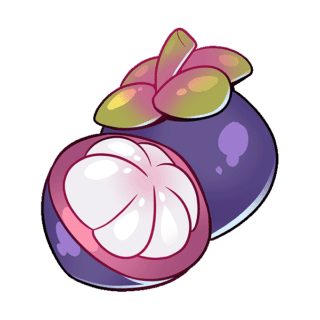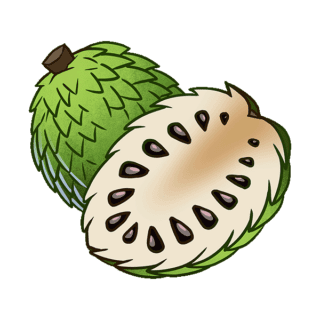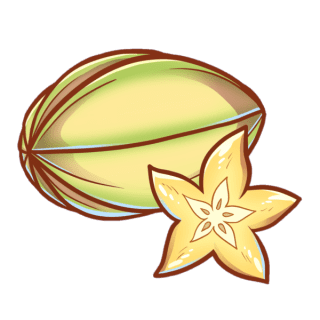Mangosteen
Mangosteen fruit is about the size of a satsuma when ripe, with a much milder taste than most fruits. The white flesh has a texture and appearance similar to a lychee and is sweet and tangy, and the deep purple rind can be steeped to make tea. Mangosteens are traditionally consumed as a fruit, juice or used in traditional medicine as they contain a rich supply of fiber, nutrients and antioxidants.
Traditionally, various parts of the mangosteen have been utilized for medicinal purposes including the treatment of gastrointestinal issues, infections, fevers, fungal flare ups, and issues with the urinary tract or reproductive system.
Because mangosteen are so resistant to being grown outside of their preferred conditions — mostly they’re only found in their native habitat, although they’re now grown successfully in parts of tropical Central and South America — they can be quite difficult to track down in much of the world, not to mention expensive once you do find them. In North America, you can find them fresh, canned, frozen, or powdered in certain specialty grocery stores, including Uwajimaya from time to time.





